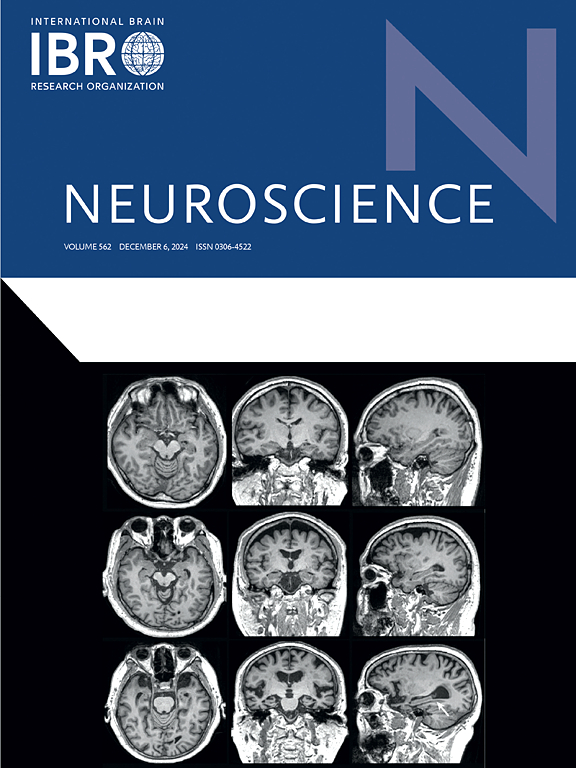YOLOv11-Based quantification and temporal analysis of repetitive behaviors in deer mice
IF 2.9
3区 医学
Q2 NEUROSCIENCES
引用次数: 0
Abstract
Detailed temporal dynamics of deer mouse (Peromyscus maniculatus bairdii) behavior remain poorly characterized. This study presents an integrated automated system combining YOLOv11 deep learning for direct behavior classification, post-processing for bout reconstruction, and a comprehensive temporal analysis suite tailored for deer mice. YOLOv11 performs frame-by-frame classification of key whole-body behaviors (e.g., Exploration, Grooming, Rearing types) using bounding boxes, bypassing initial kinematic feature engineering. This methodology facilitates objective, high-throughput quantification of behavior frequency, duration, and complex temporal organization, including transition patterns and sequential structure revealed through analyses like transition probabilities, behavior sequence mining, and lead-follower behavior relationships. In addition to describing a new methodology, this study provides initial baseline temporal data for deer mice, a powerful suite of analyses for future Peromyscus studies evaluating natural variation and experimental manipulations, or for use in other movement disorder models. In conclusion, the described YOLOv11-based system provides an efficient, reliable, and accessible methodology for both detailing behavioral activity and enhancing investigations of temporal dynamics in deer mice and other animal models.
基于yolov11的鹿小鼠重复行为量化及时间分析。
鹿鼠(Peromyscus maniculatus bairdii)行为的详细时间动态特征仍然很差。本研究提出了一个集成的自动化系统,结合YOLOv11深度学习进行直接行为分类,后处理进行bout重建,以及为鹿鼠量身定制的综合时间分析套件。YOLOv11使用边界框对关键全身行为(例如,探索,梳理,饲养类型)进行逐帧分类,绕过初始运动学特征工程。然后后处理重建连续的行为发作。该方法有助于对行为频率、持续时间和复杂的时间组织进行客观、高通量的量化,包括通过转换概率、行为序列挖掘和领导-追随者行为关系等分析揭示的转换模式和顺序结构。除了描述一种新的方法外,该研究还为鹿鼠提供了初始基线时间数据,为未来的Peromyscus研究评估自然变异和实验操作提供了一套强大的分析,或用于其他运动障碍模型。总之,所描述的基于yolov11的系统为鹿小鼠和其他动物模型的行为活动细节和增强时间动力学研究提供了一种高效、可靠和可访问的方法。
本文章由计算机程序翻译,如有差异,请以英文原文为准。
求助全文
约1分钟内获得全文
求助全文
来源期刊

Neuroscience
医学-神经科学
CiteScore
6.20
自引率
0.00%
发文量
394
审稿时长
52 days
期刊介绍:
Neuroscience publishes papers describing the results of original research on any aspect of the scientific study of the nervous system. Any paper, however short, will be considered for publication provided that it reports significant, new and carefully confirmed findings with full experimental details.
 求助内容:
求助内容: 应助结果提醒方式:
应助结果提醒方式:


